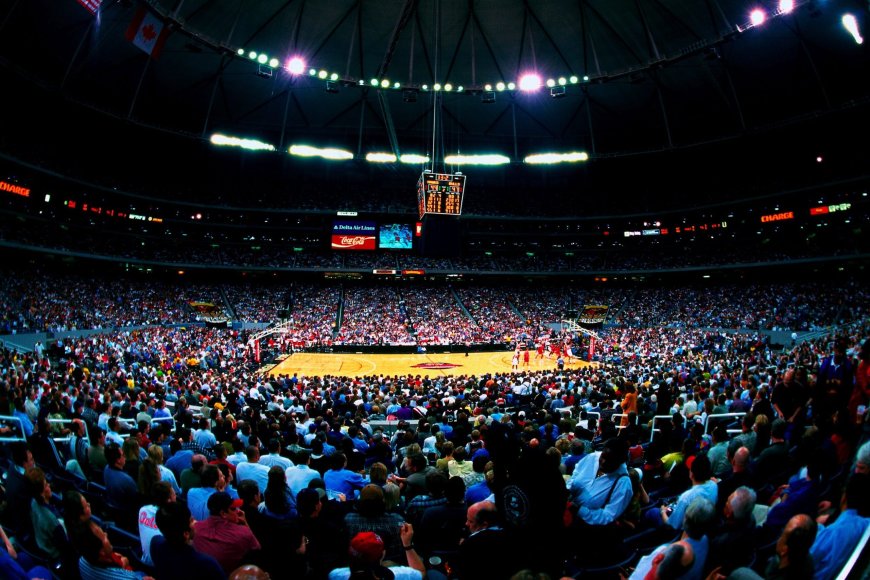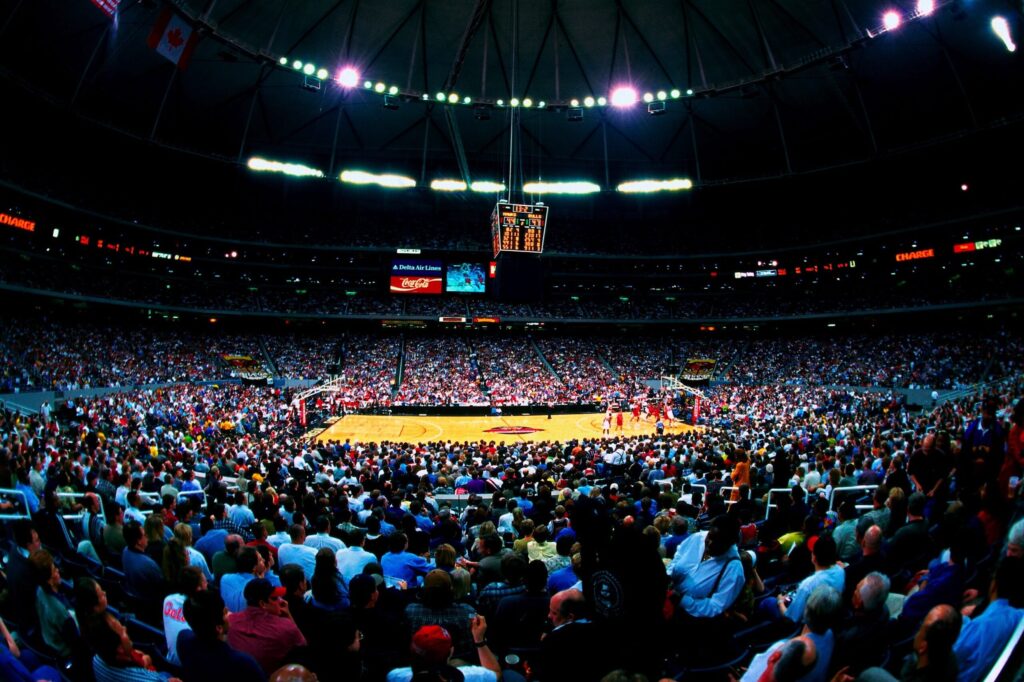Is the NBA Growth Keeping Up With Other Major Sports Leagues?
The NBA has long been a cornerstone of professional sports, but as other sports evolve, the question arises: is the NBA keeping pace? Examining various facets of the league—viewership, global reach, and technological integration—can provide a clearer picture of how the NBA compares to other major sports leagues. Viewership Trends The NBA has seen fluctuations […] The post Is the NBA Growth Keeping Up With Other Major Sports Leagues? appeared first on The Hoop Doctors.


The NBA has long been a cornerstone of professional sports, but as other sports evolve, the question arises: is the NBA keeping pace? Examining various facets of the league—viewership, global reach, and technological integration—can provide a clearer picture of how the NBA compares to other major sports leagues.
Viewership Trends
The NBA has seen fluctuations in viewership over the past decade. While marquee events like the NBA Finals still draw significant audiences, regular-season games have experienced varying ratings. The league faces stiff competition from the NFL, whose games consistently top TV ratings. For instance, the Super Bowl remains the most-watched event in the United States, overshadowing the NBA Finals. However, the NBA has an advantage with a younger, more diverse audience that is engaged across multiple platforms.
Global Reach
The NBA’s global reach is one of its strongest assets. Basketball is played and followed worldwide, with the league boasting a substantial international fan base. The NBA has successfully tapped into markets like China, Europe, and Africa, thanks to initiatives like the Basketball Africa League and partnerships with foreign broadcasters.
Compared to the NFL, which is primarily U.S.-centric, the NBA has a more extensive global footprint. Soccer, particularly the English Premier League and La Liga, remains the gold standard in international sports appeal, but the NBA’s international efforts keep it competitive on the global stage.
Technological Integration
The NBA has been proactive in integrating technology to enhance fan experience. Innovations like augmented reality (AR) and virtual reality (VR) have been adopted to provide immersive viewing experiences. The league’s use of social media platforms is also noteworthy; the NBA has one of the highest social media engagements among sports leagues. In contrast, Major League Baseball (MLB) has struggled to attract younger audiences despite its technological advancements.
Competitive Balance
Maintaining competitive balance is crucial for sustaining interest in any sports league. The NBA has faced criticism for its perceived lack of parity, with superteams often dominating the landscape. In contrast, the NFL’s salary cap and draft system have fostered a more level playing field, leading to unpredictable and exciting seasons. The English Premier League’s financial fair play regulations aim to achieve similar outcomes.
For the NBA to maintain its competitive edge, it must address these concerns and strive for a balance that keeps the league competitive and unpredictable, enhancing its appeal to a broader audience. This is especially important for fans placing NBA Finals wagers, as a more unexpected outcome can drive higher engagement and excitement.
Player Influence and Branding
NBA players often have a significant influence on and off the court. Figures like LeBron James and Stephen Curry are global icons, transcending the sport. Their social media presence, business ventures, and involvement in social issues contribute to the NBA’s appeal. While the NFL and MLB have stars, the individual branding of NBA players is unparalleled. This player-centric model enhances the league’s marketability and draws younger fans who connect with athletes on personal levels.
Fan Engagement Strategies
The NBA has made significant strides in fan engagement, utilizing social media platforms, interactive apps, NBA fantasy leagues, and exclusive behind-the-scenes content to connect with its audience. Initiatives like the NBA Top Shot have also introduced fans to the world of digital collectibles.
Despite these efforts, other sports leagues, such as the NFL and Premier League, have also innovated with immersive experiences like augmented reality and personalized content, pushing the boundaries of fan interaction. To stay ahead, the NBA must continue to innovate and find new ways to deepen fan loyalty and engagement.
Financial Health
The NBA’s financial health is robust, with substantial revenue generated from television rights, sponsorships, and merchandise sales. However, the NFL still leads in overall revenue, largely due to its massive TV contracts and the high value of advertising during games. Soccer leagues like the Premier League also generate significant revenue, but the NBA’s diversified income streams from both domestic and international markets ensure its financial stability.
Adaptability and Innovation
One of the NBA’s strengths is its adaptability. The league has been quick to embrace changes, such as the introduction of the play-in tournament and the All-Star Game format revamp. These innovations keep the league fresh and engaging for fans. In comparison, traditional leagues like the MLB have been slower to adapt to changing viewer preferences.
Conclusion
The NBA remains a dynamic and competitive entity in professional sports. While it faces strong competition from the NFL and the ever-dominant global soccer leagues, the NBA’s unique blend of star power, technological integration, and global reach positions it well for continued success. The league’s proactive approach to innovation and its ability to connect with a diverse, global audience ensure that it remains at the forefront of the sports industry.
As the sports landscape evolves, the NBA’s adaptability and forward-thinking strategies will be crucial in maintaining its competitive edge.
The post Is the NBA Growth Keeping Up With Other Major Sports Leagues? appeared first on The Hoop Doctors.












































